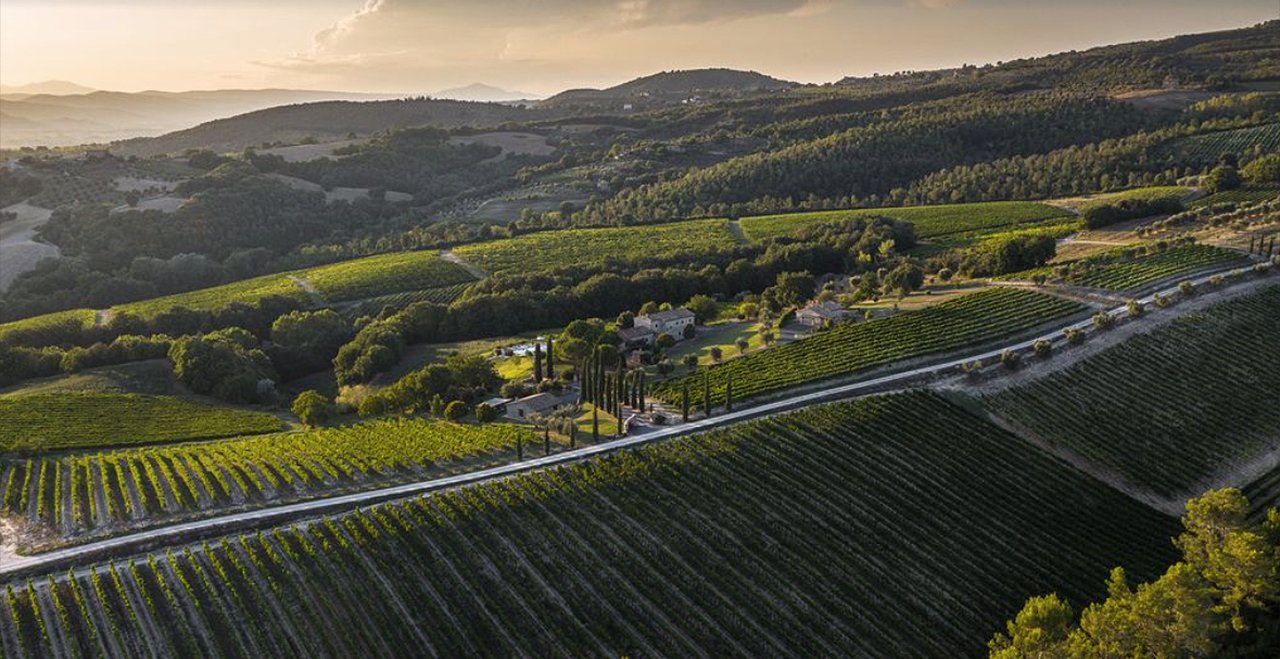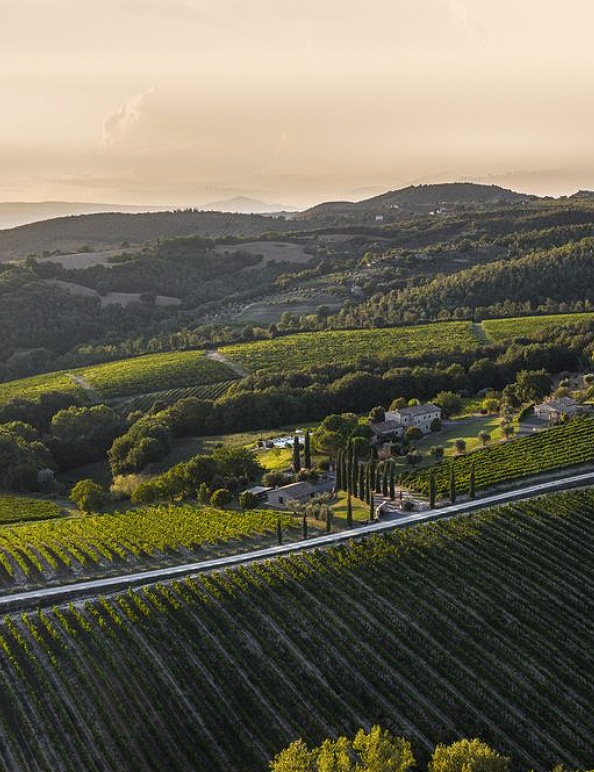

Etruscan and Roman civilizations
A wine making tradition dating back 2,700 years
Tenuta Morciano is located 6km north-east of Orvieto and 2km west of the village of Corbara. Both communities have long traditions of wine making extending back to the Etruscan and Roman civilizations.
Orvieto (Velzna) is believed by many to have been the capital of the pre-Roman Etruscan civilization, which flourished from the ninth to the third centuries BC. Despite its elevated position, Velzna was finally conquered by Rome following a siege that lasted 2 years in 264BC. Winemaking during the Etruscan period is widely documented in and around Orvieto, and trade in wine flourished with other parts of Europe during this time.
Etruscan artifacts and burial tombs (caves) have been identified at numerous locations around Orvieto including the Corbara area located immediately to the north-east of Orvieto. Tenuta Morciano has a number of historic caves within the area of the estate which are believed to date back to Etruscan times.
Following the conquest of the region by the Romans, trade in wine continued and likely expanded. A settlement was established at Corbara which later formed the foundations for the Castello di Corbara (Corbara Castle) and the port of Pagliano was established 2km south of Tenuta Morciano which was an important river port on the Tiber river at the location where the Paglia river joins the Tiber. This port is known to have been an important Roman trading post and commercial centre and a number of clay amphorae used for storing wine have been recovered from excavations at Pagliano.
The first recorded written record of wine making in the immediate area of Tenuta Morciano is 1212 when wine was made for the clergy in Orvieto during medieval times. Tenuta Morciano formed part of the extensive lands of the Castello di Corbara which were controlled by the Montemarte family. At the beginning of 1200 Andrea di Montemarte, imprisoned by the Tuderti clan, was forced to cede the castle but the Montemarte clan continued to be a powerful force in Orvieto and Corbara for several centuries as evidenced by various public works.
